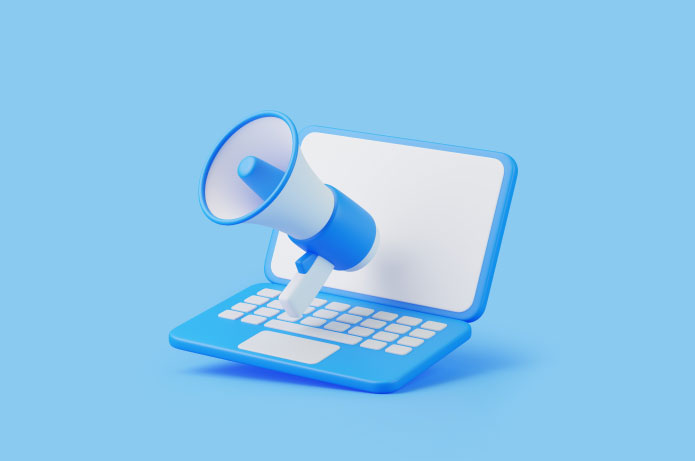With the rise in inflation, food and beverages are already emerging among the most sought-after products in the Consumer Day promotions on March 15, as indicated by a survey conducted by the Bling (ERP), Tray (e-commerce), and Octadesk (customer service) platforms, belonging to LWSA. However, smartphones, electronics, fashion, and beauty still top the list of buyer preferences.
With attractive discounts that attract buyers, the consumer week has become an increasingly strategic date for retailers. According to Thiago Mazeto, director of Tray, the Consumer Week has gained importance in recent years as the first event of the year that allows a boost in retail sales. “At the beginning of the year, consumers are dealing with the aftermath of the year-end holidays and the early year commitments like vehicle taxes, property taxes, and school supplies, and this, of course, affects sales for some sectors. With Consumer Day, we have a sort of early-year Black Friday that allows sales to advance,” he explains.
Online SMEs operating through the Tray and Bling platforms saw an 18.3% increase in sales in March 2024 compared to the same period in 2023. “This is a strategic moment for entrepreneurs to boost sales, but it is essential that planning begins in advance. Consumer Day, like other seasonal commerce dates, requires careful preparation to maximize sales potential,” evaluates Marcelo Navarini, director of Bling.
Last March, the freight platform, Melhor Envios, recorded a volume of 1.8 million orders shipped by entrepreneurs.
Check out the most purchased products during the period:
- Appliances – refrigerators, stoves, and washing machines;
- Electronics – smartphones, laptops, and televisions;
- Clothing, footwear, and accessories – clothes, bags, jewelry, and watches;
- Food and beverages;
- Pharmacy, beauty, and personal care items – cosmetics, perfumes, and personal care products.
Online shopping gains space and requires retail adaptation
Another survey, CX Trends 2025, by Octadesk, highlights that 77% of Brazilian consumers prefer to shop online, while the preference for physical stores decreased by 3 percentage points compared to the previous year, standing at 64%.
The CX Trends 2025 survey reveals that, in addition to convenience, factors such as free shipping (62%), product quality (56%), and competitive pricing (53%) are decisive in choosing the purchasing channel. The main acquisition channels include online stores (68%), marketplaces (66%), WhatsApp (30%), and Instagram (28%).
In addition, the personalization of the shopping experience has played an essential role. Six out of ten consumers state that personalization and artificial intelligence influence their purchasing decisions. “Today, in addition to quality or efficiency, the consumer wants an experience that understands and connects to their needs. Technology should be used as an ally to enhance human service, not replace it,” emphasizes Rodrigo Ricco, founder and CEO of Octadesk.








